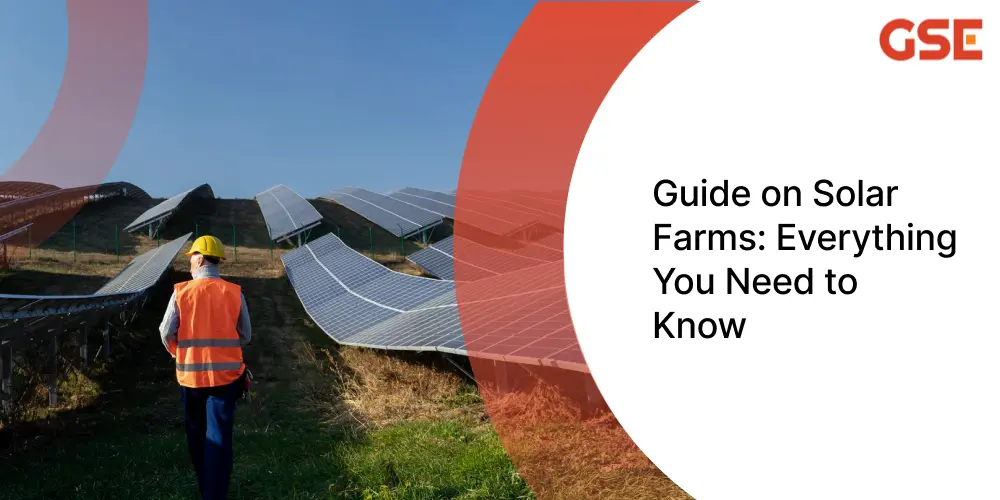Commercial Rooftop Solar Installation
Dec 2

Solar farms have gained significant traction over the past decade as an effective way to generate clean energy and reduce carbon emissions. With their long-term benefits and decreasing costs per unit of energy produced, there’s no better time to consider investing in a solar farm. In this guide, we’ll explore everything you need to know about solar panel farms, including what they are, how they work, their benefits and drawbacks, and whether they are a profitable investment.
A solar farm, also known as a solar power farm, is a large-scale installation of solar panels designed to capture and convert sunlight into electricity. These farms are typically built on open land and connected to the utility grid, supplying power to homes and businesses. Photovoltaic solar farms can be found on various types of land, such as agricultural fields, former industrial sites, and even landfills. Solar farms represent a cost-effective, sustainable, and eco-friendly way to produce electricity without emissions.
There are different types of solar farms based on their scale and purpose:
Unlike rooftop solar panels, which are limited by space and shading, solar plant farms are constructed on vast open areas with optimal sun exposure. Solar farms operate by using photovoltaic (PV) panels to convert sunlight into direct current (DC) electricity. This electricity is then passed through an inverter, converting it into alternating current (AC) electricity that can be fed into the power grid.
Building a solar farm involves several steps:
Choosing the right location is crucial for a solar farm’s success. Key factors include:
Proper maintenance is essential to keep solar farms running efficiently and for a long time. This involves regularly monitoring energy production and equipment performance to catch any issues early. Routine inspections of panels, inverters, and other components help prevent unexpected downtime and extend the system’s lifespan. Cleaning the solar panels once or twice a year ensures they remain efficient by removing dirt and debris. Additionally, any damaged equipment should be repaired or replaced promptly to avoid disruptions in energy production.
Costs vary based on size, location, and equipment. Typically, building a 1MW solar farm costs $1 to $2.50 per watt, requiring an initial investment of $1,000,000 to $2,500,000. Land requirements are usually 4-5 acres per MW.
